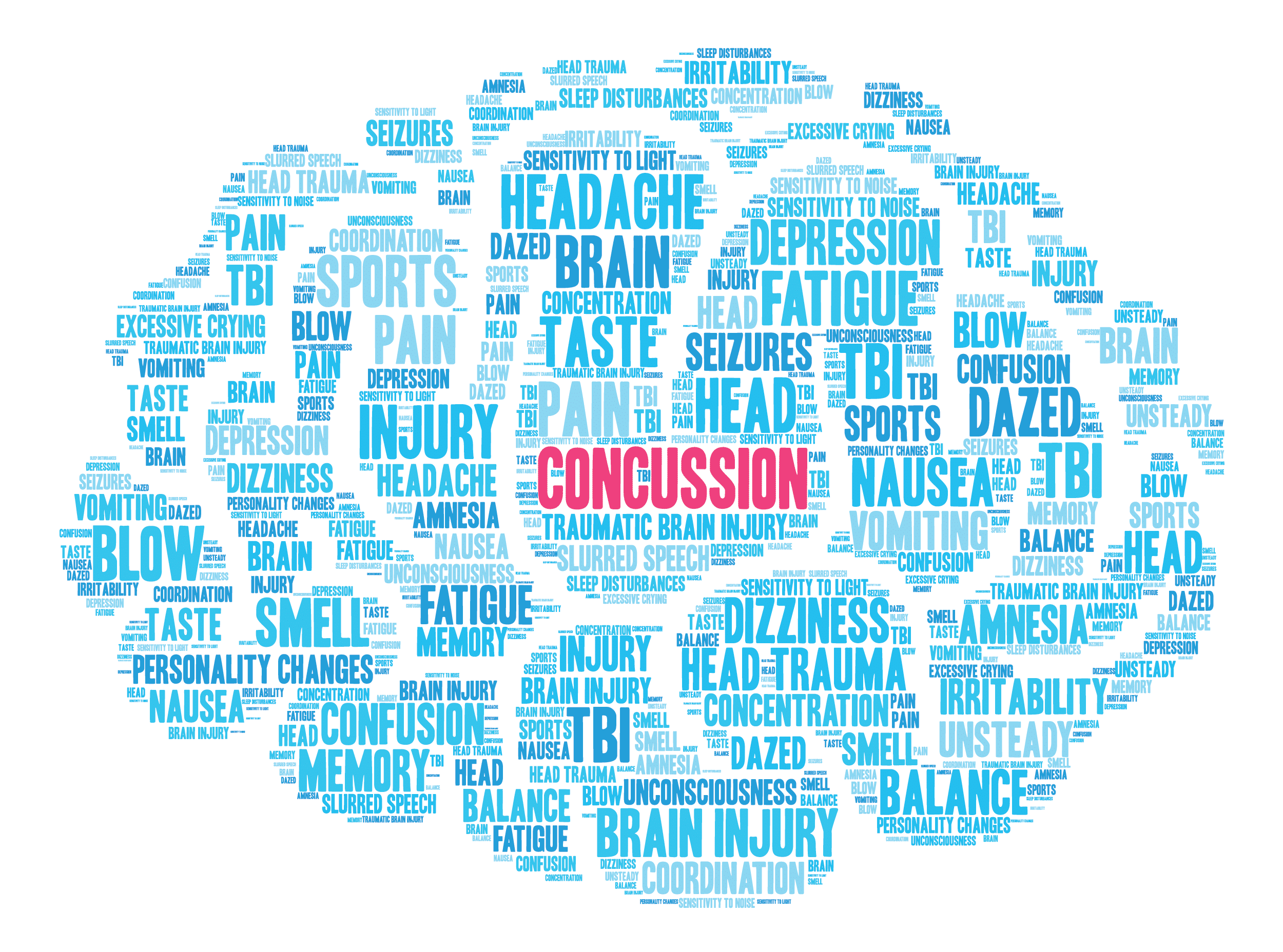Recovering from a Concussion. How a Physical Therapist Can Help.
People generally associate concussions with sports, but concussions can also occur from car accidents, slips and falls, and traumatic brain injuries. The American Institute of Balance defines a concussion as an acceleration or deceleration of the brain. This leads to a stretching, shearing, or tearing of neurons in the brain that lead to structural or metabolic damage to the brain.

Concussed patients can experience a wide variety and range of symptoms that may last a few hours or days but can last for weeks or longer. There can be physical symptoms of headaches, dizziness, feeling sluggish, balance problems, and/or sensitivity to lights & noises. There can also be emotional or mood changes that can lead to irritability, sadness, anxiety, and changes in sleep patterns. Additionally concussed patients may have cognitive issues with delayed responses when asked questions, difficulty with thinking & concentrating, and memory deficits. Patients with recent concussions may suffer with muscle ache, tightness, or spasms along with decreased neck mobility similar to whiplash type injuries secondary to muscle guarding.
Typically, concussions will affect the balance system of the brain. Clinicians are able to help detect a concussion through balance and eye testing as these systems are very sensitive to changes. When evaluating a concussion, clinicians may perform a variety of standardized tests or use a piece of equipment to measure these changes. For example, these tests may look at single leg stance with eyes open and with eyes closed or single leg stance on a firm or soft surface. They provide objective data for the patient and establish a baseline for initial treatment for clinicians to measure progress.
Concussion treatment programs include instruction on rest and a graduated system of training the patient’s balance and cognitive system to work together. During concussion treatment there will be close monitoring of a patient’s symptoms such as dizziness to ensure that symptoms are not worsening. Daily exercises play an important role in the patient’s improvement so the clinician will introduce the patient to a balanced home exercise program. The ultimate goal of a concussion treatment plan is to find relief from the symptoms of the concussion. However, there may be some increased symptoms at the beginning of treatment but with continuous testing and treatment the symptoms should subside.

With the musculoskeletal changes during a concussion, a physical therapist can be an expert in alleviating those symptoms. Clinicians may be able to help relieve these symptoms with stretches, massage, myofascial techniques, and other hands on approaches. There can be application of modalities to help with symptom management as well, including ice, heat, or electrical stimulation. Often these patients can benefit from therapeutic exercise to help with their ranges of motion, strength, balance and postural awareness. Our goal is to decrease the symptoms with gradually increasing activity in an appropriate manner.
Recently, I have completed a concussion certification class through the American Institute of Balance. The course introduced me to new ways to integrate cognitive thinking into a concussion treatment plan. For Example, I may have a patient perform a balance activity while reading a sentence or adding numbers. This is a great way to train the brain and use the balance and cognitive system together. Additionally I learned new balance techniques on advancing patients through treatment programs based on their symptoms. The certification class introduced parameters when to advance exercises or when to back off, so I can now give clearer instructions to patients for their exercise program.
Education for the patient and family members is one the most important things in the care for concussions so it is very beneficial to find an educated clinician to help in treating. If you or someone you know has sustained a possible concussion, contact us to have a free consultation to learn how we can help.
